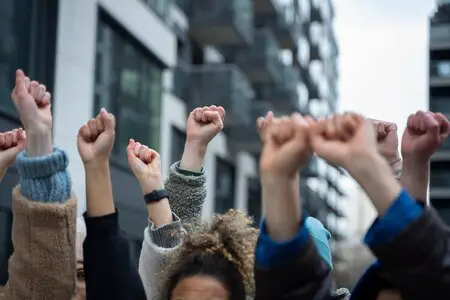
In the event of a societal collapse, the fate of the arts can vary significantly depending on the severity of the collapse, the resilience of cultural institutions, and the priorities of the surviving population. Here are a few potential scenarios for how the arts might be affected:
- Survival and Preservation: In some cases, the arts can play a role in preserving cultural heritage and providing a sense of continuity. People may continue to create art as a way to express themselves, document their experiences, and cope with the challenges of a collapsed society. Some individuals or communities may prioritize the preservation of art and cultural traditions as a way to maintain their identity and morale.
- Cultural Resilience: The arts have historically shown remarkable resilience during times of crisis. Artists often use their creative talents to comment on the state of the world, provide social commentary, and offer hope or catharsis to their communities. Art can serve as a form of resistance or a means of processing trauma.
- Resource Constraints: In more dire situations, resources may be scarce, making it difficult for people to dedicate time and materials to artistic pursuits. Basic survival needs, like food, water, and shelter, would take precedence, and the arts may decline in importance.
- Oral and Informal Traditions: In the absence of formal institutions, oral traditions, folk art, and grassroots creativity may become more prominent. This can include storytelling, music, dance, and visual art created within local communities as a way of preserving cultural identity and passing down knowledge.
- Loss and Disintegration: In extreme societal collapses, significant cultural and artistic treasures could be lost or destroyed due to neglect, conflict, or environmental factors. Libraries, museums, and other repositories of art and knowledge may suffer, leading to the potential loss of valuable cultural heritage.
- Recovery and Rebuilding: If society begins to recover and rebuild, the arts may play a crucial role in healing and revitalizing communities. Artists can contribute to the restoration of culture, identity, and a sense of purpose in the post-collapse world.
The fate of the arts in a societal collapse largely depends on the specific circumstances of the collapse, the resilience of cultural practices, and the determination of individuals and communities to preserve their artistic and cultural heritage. In many cases, the arts have proven to be a source of resilience and a means of coping with difficult times, but the extent to which they thrive or survive will vary based on the severity of the collapse and the values of the survivors.
